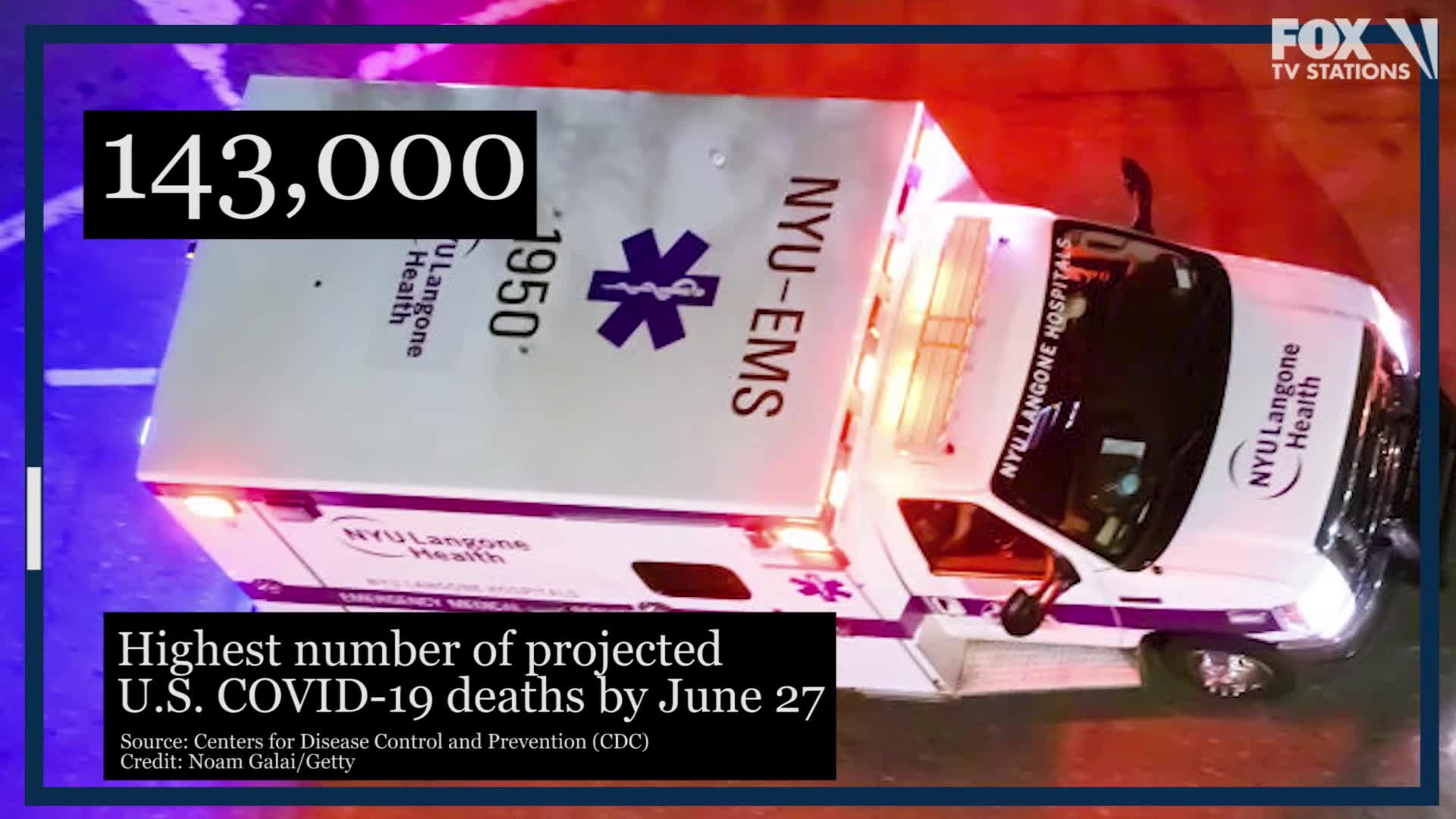The week in numbers: A country with 0 COVID-19 deaths, 450K health care workers possibly infected
Even as businesses and states start to reopen, individuals across the U.S. and the world are still having their lives shifted as a result of the ongoing COVID-19 pandemic. The protests over the death of George Floyd, an unarmed black man who died after Minneapolis police officer Derek Chauvin knelt on his neck for an extended period of time, disrupted the sense of stillness amid the pandemic, with individuals who were once quarantining at home now taking to the streets to voice their condemnation of police brutality.
And that’s just been the start of June so far.
RELATED: CoronavirusNOW.com, FOX launches national hub for COVID-19 news and updates
Amid a sea of news on vaccine developments, juxtaposed reports of improvements and contractions in the U.S. economy and a still-uncertain future, here are some of the notable statistics and data points from developments in the COVID-19 pandemic in the first week of June that you may have overlooked.
450,000
On June 3, the International Council of Nurses analyzed data from its National Nursing Associations and found that 7% of all COVID-19 cases are among health care workers. If you were to make the assumption that the 7% figure applies to all current cases being reported across the globe, then around 450,000 health care workers would have contracted COVID-19.
While PPE and safety measures can help health care workers prevent contraction of the novel coronavirus, ultimately, they still bear a significant risk of infection when treating individuals with COVID-19.
0
How did a country that had a population of nearly 100,000,000 in 2018 find itself with no coronavirus deaths? Experts and academics point to how Vietnam implemented temperature screenings, early quarantines and lockdowns, as well as constant awareness from the government on the threat of the virus.
Thousands of miles west, Iceland, a far less dense country than Vietnam, exhibited similar success in limiting its COVID-19 death count, with only 10 people reported to have died from the virus in the country as of June 5, according to Johns Hopkins. A New Yorker article highlights how extensive geneaology data that existed prior to the pandemic helped to screen residents for the virus.
RELATED: CDC director apologizes for 'inadequate' coronavirus data on racial disparities
143,000
That’s the highest number of projected U.S. deaths forecasted by the Centers for Disease Control and Prevention (CDC) by June 27. The lowest is 118,000.
The overall CDC projection is based off of data from 20 different models from organizations like Johns Hopkins University and the Massachusetts Institute of Technology.
Those individual models themselves fall into one of two types, according to the CDC: those that assume existing control measures will continue up until June 27, and those “make different assumptions about how levels of social distancing will change in the future.”
13.3
That was the national unemployment percentage rate indicated in a June 5 report from the U.S. Bureau of Labor Statistics, which also highlighted an increase of 2.5 million employed individuals.
But that 13.3% unemployment rate is still close to Great Depression levels. The U.S. economy still has 20 million fewer jobs than it did in February, with economists warning that the country still has a long way to go in fully revitalizing its workforce.
Wall Street, though, was still happy to celebrate the good unemployment news, with the S&P 500 posting impressive gains and the Dow jumping 807 points on Friday.
393,205
That’s the number of people who had died across the world from COVID-19, according to data from the Johns Hopkins Coronavirus Resource Center captured on June 5.
Across the world, more than 6.7 million people had been infected and nearly 3 million had recovered.In the United States, there were more than 1.8 million confirmed cases and 108,000 deaths, the most of any country by a significant margin.
RELATED: White House forces reporters to ditch social distancing because 'it looks better'



